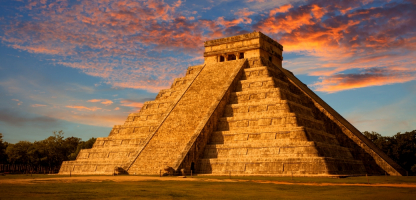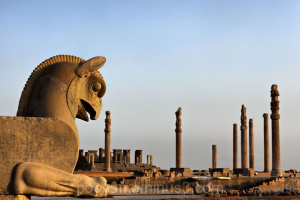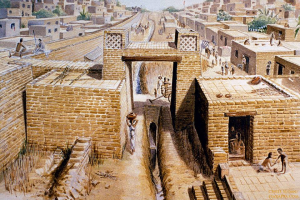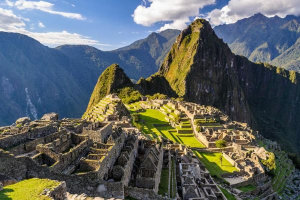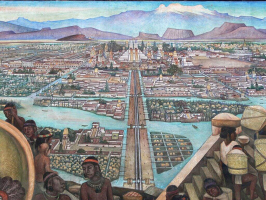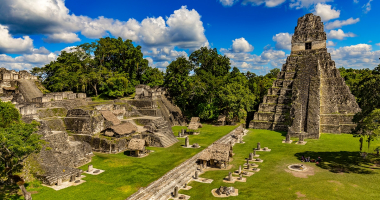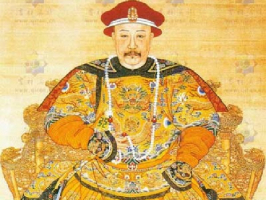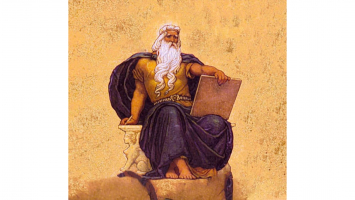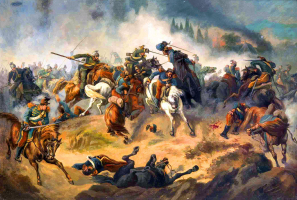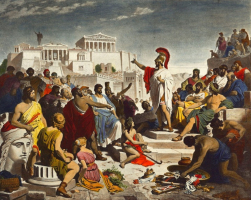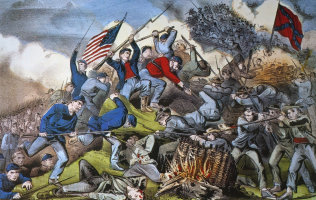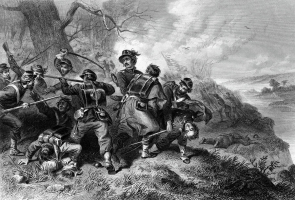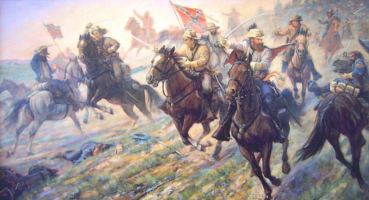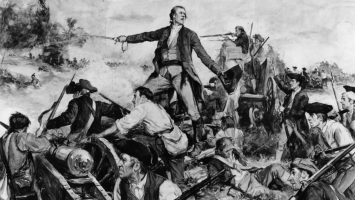Top 7 Facts About The Ancient Mesopotamian Civilization
Mesopotamia is an ancient Greek term for the region including modern-day Iraq, Iran, Syria, and Turkey. It means "country between two rivers," referring to the ... read more...Tigris and Euphrates rivers. For the countless inventions and developments that initially arose there between 10,000 BCE and the 7th century CE, it is known as the "cradle of civilisation." Let’s discover the facts about the ancient Mesopotamian civilization.
-
Writing emerged independently in various parts of the world, from China to Mesoamerica, but Mesopotamia is credited with being the first, having invented the cuneiform writing system prior to 3000 BCE. In addition, contrary to claims that it was invented in Central Asia, the wheel was invented in the region (about 3500 BCE). The world's oldest wheel, dated to around 3200 BCE (known as the Ljubljana Marshes Wheel), was discovered in Slovenia in 2002 CE, leading to the idea that the wheel was originated by Central Asians. However, the Mesopotamian wheel was first, as shown by its appearance in Mesopotamian art dating back to around 3200 BCE.
The city was one of Mesopotamia's most significant creations - for better or bad – in that the concept, which is so widespread now, had never existed before. During the Uruk Period, cities grew as tiny, flourishing agricultural villages drew individuals from adjacent regions who were possibly not doing as well. Mesopotamian towns offered residents protection from the elements, natural predators, and raiders, as well as new ways to make a living. They were initially a great help to the people in this regard. However, the dense population of cities, as well as their expansion, eventually drained the resources available to them.
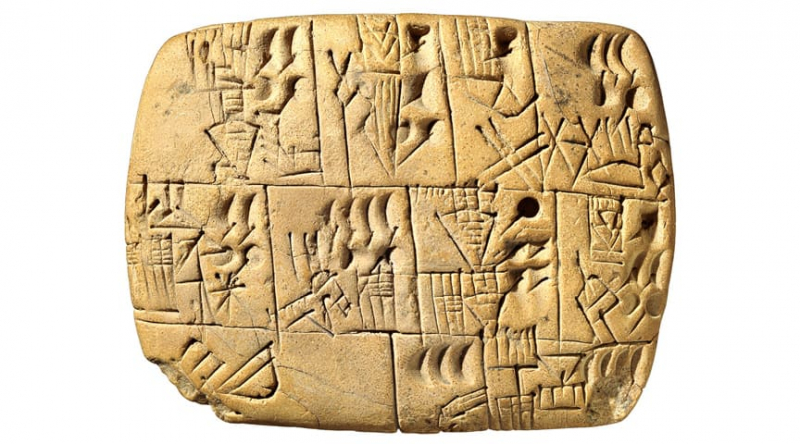
Source: Ancient History Lists 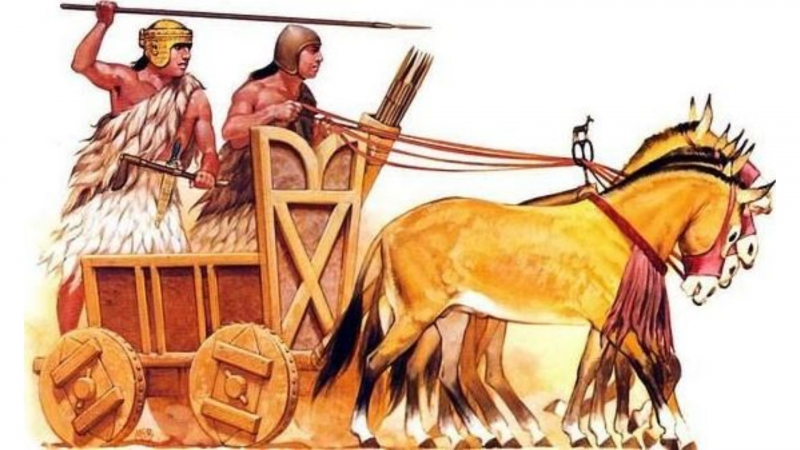
Source: World History Edu -
The Mesopotamians not only influenced the later development of sacred liturgical texts, but they also invented literature, beginning with The Epic of Gilgamesh (c. 2150-1400 BCE), which tells the story of Gilgamesh, the semi-mythical King of Uruk, and his quest for meaning in life in the face of impending death. Originally, the work was passed down verbally until it was written down. Prior to the discovery of Enheduanna's work, the Babylonian scribe Shin-Leqi-Unninni, who authored the Babylonian version of the narrative, was supposed to be the world's first author known by name.
The Epic of Gilgamesh, a fictitious story based on a real ruler, is part of a genre known as Mesopotamian Naru Literature, which first arose in the 2nd millennium BCE, according to modern researchers. These stories include a prominent person in a fictional story about their relationship with the gods, although they may be about anything. Apart from Gilgamesh, the two most well-known instances of Mesopotamian Naru Literature are The Legend of Sargon, which tells of Sargon the Great's modest beginnings and rise to power, and The Curse of Agade, which is about Naram-Sin. These stories were well-known across Mesopotamia, and they influenced later writers, including the scribes who composed the biblical accounts of Jesus' life and ministry.
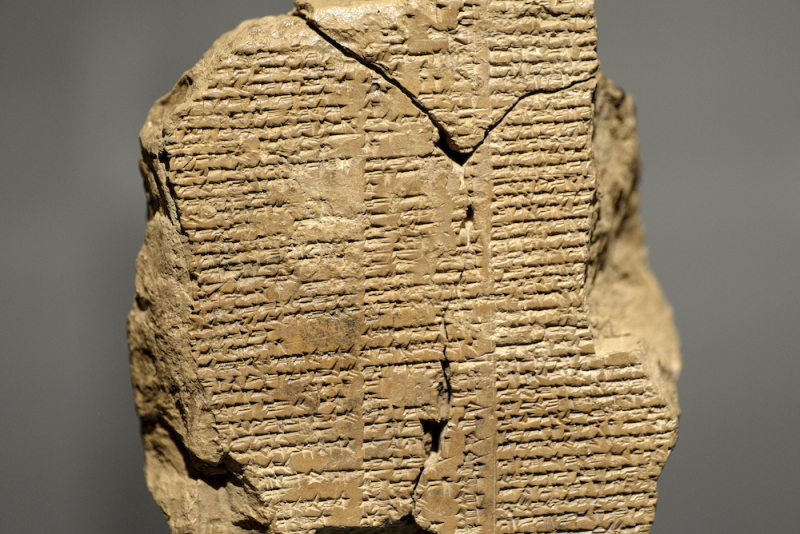
Source: mlsaturkey 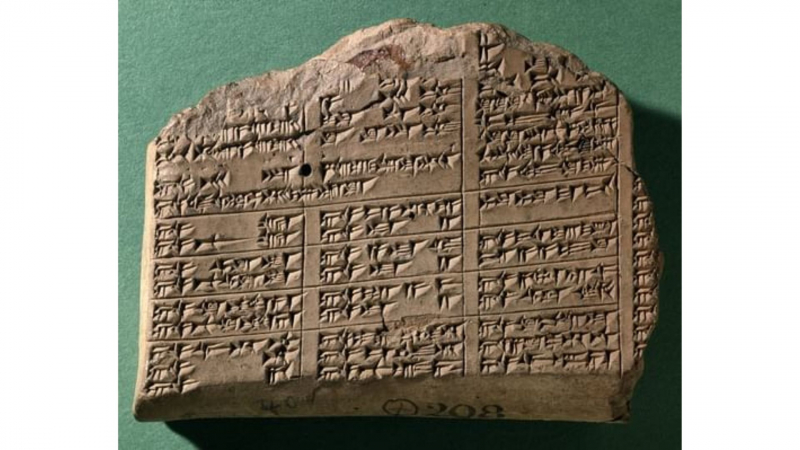
Source: World History Encyclopedia -
Although the form of the compositions is similar in that the Gospels also feature a central character who is well-known and placed in situations that may or may not have happened, it is certain that Mesopotamian myths influenced the biblical tales of the Fall of Man and the Great Flood, as well as the Book of Job. The Myth of Adapa, The Eridu Genesis, The Atrahasis, and the Ludlul-Bel-Nimeqi were all adapted from Mesopotamian writings, the latter of which dealt with a good man's lament over his misfortunes and his questions about the gods' justice.
Prior to the mid-nineteenth century CE, when European and American institutions funded expeditions to Mesopotamia to find physical evidence to corroborate biblical narratives, the Bible was thought to be the world's oldest book, containing entirely original works; after that, these works were interpreted as inspired by or adapted from Mesopotamian works.
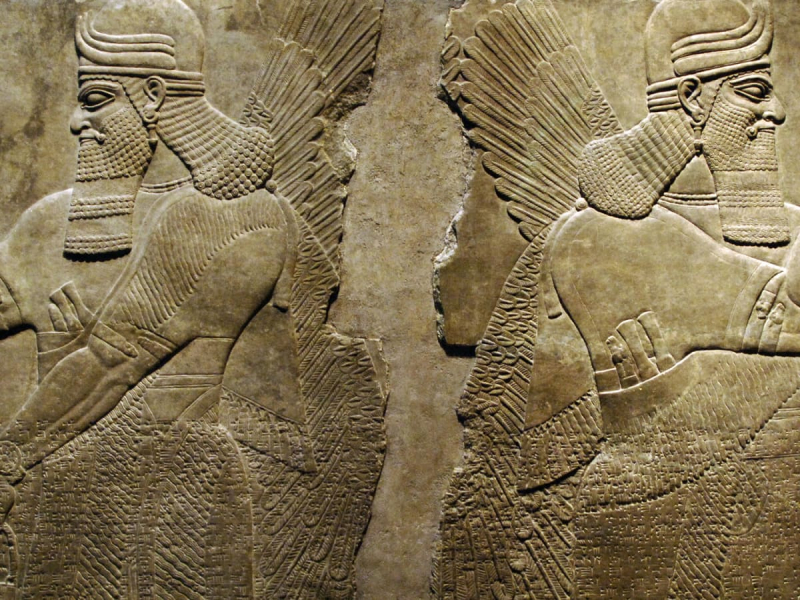
Source: history 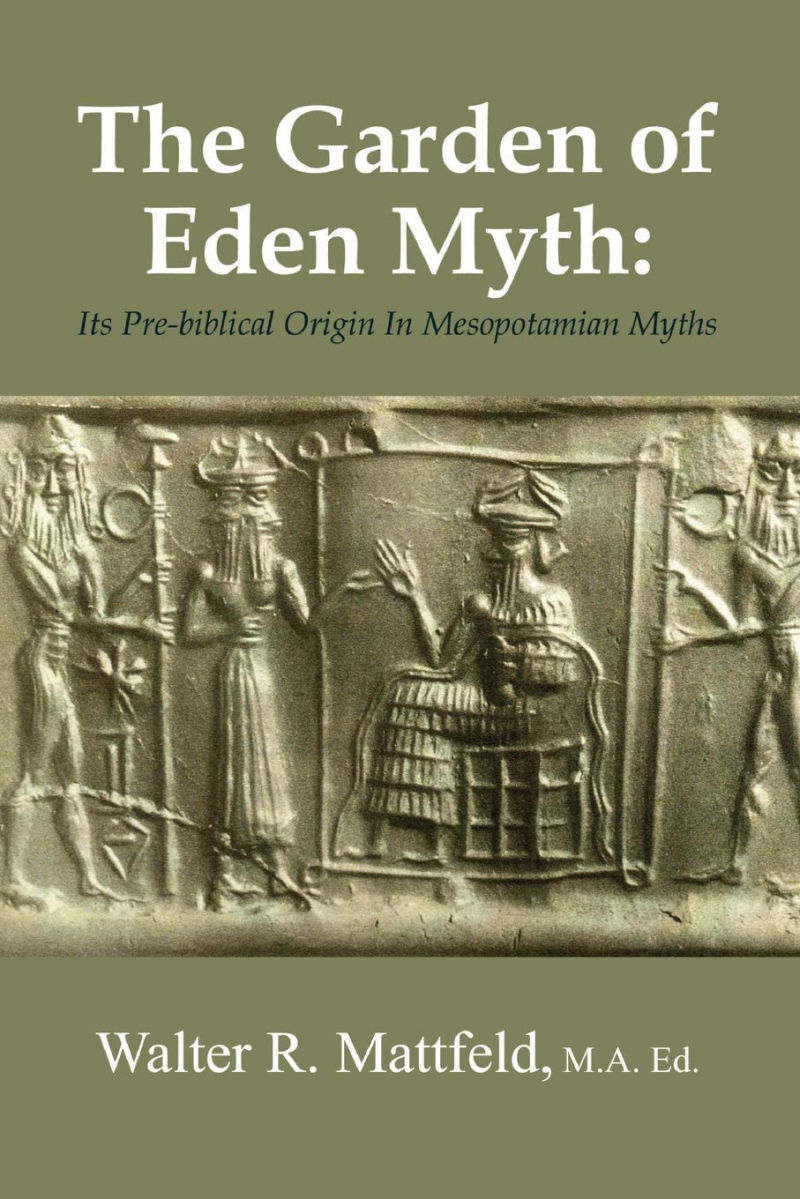
Source: Amazon -
Although the Babylonian monarch Hammurabi's (r. 1792-1750 BCE) legal code is well-known, it was not the first law code in the world, or even in Mesopotamia. The Code of Urukagina was written in the 24th century BCE, and the Code of Ur-Nammu (r. 2047-2030 BCE), founder of the Third Dynasty of Ur in Sumer, was written in the Ur III Period (2047-1750 BCE). It's possible that Ur-code Nammu's was authored by his son and successor, Shulgi of Ur (r. 2029-1982 BCE), but if so, it was either based on or constructed in accordance with his father's teachings.
The Code of Ur-Nammu, one of the interesting facts about the ancient Mesopotamian civilization, influenced the later Code of Hammurabi by clarifying the penalties for transgressions and legitimizing itself as a divinely inspired document. Because he reigned over a more diverse people that did not share the same theological image of the gods and their dispensation of justice, Hammurabi's Code had to be tougher.
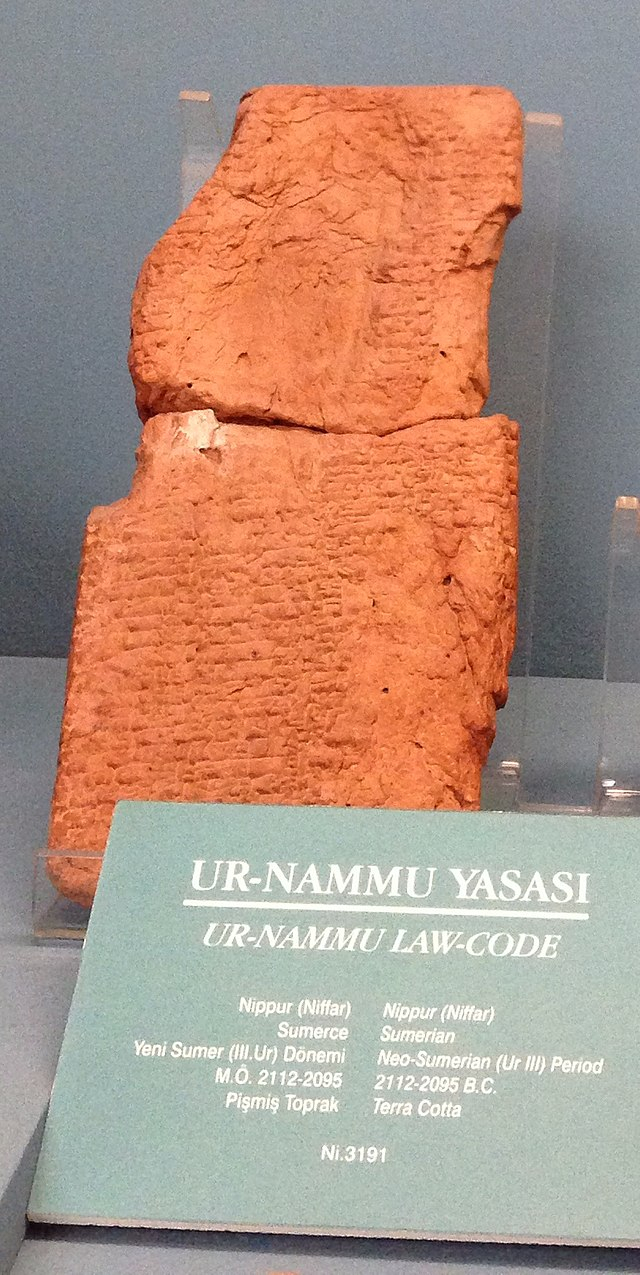
Source: Wikipedia 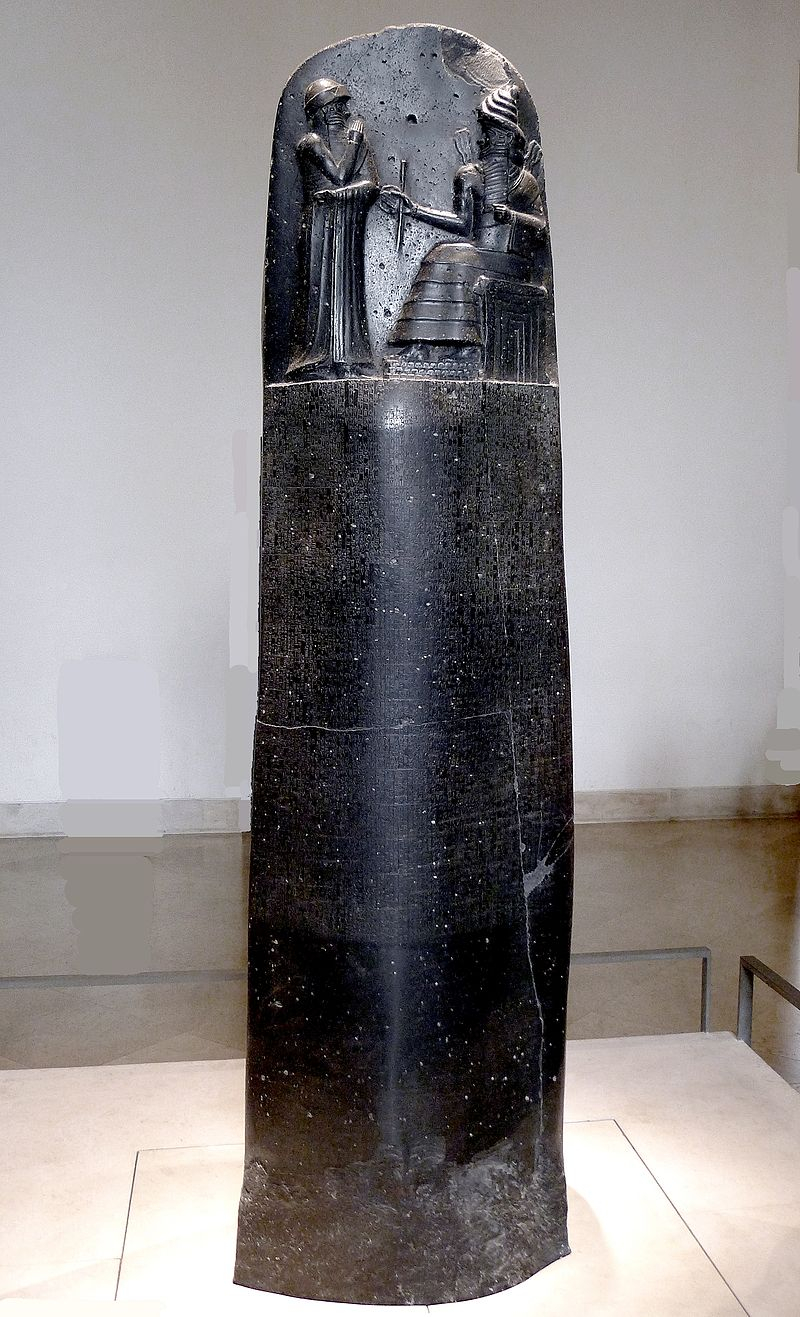
Source: Wikipedia -
Another of Mesopotamia's "firsts" is the Akkadian Empire, which was created by Sargon of Akkad and lasted from 2334 to c. 2083 BCE (the Great, r. 2334-2279 BCE). Sargon's dominion spanned from the Persian Gulf up through modern-day Kuwait, Iraq, Jordan, Syria, and most certainly the Levant, and down through Asia Minor to include the island of Cyprus, according to his inscriptions. Sargon maintained his empire by placing loyal people in positions of political power throughout the region, both men and women. Later Babylonian records referred to these individuals as "Citizens of Akkad," and they functioned as rulers, high priests or priestesses, or high-level administrators in over 65 distinct cities.
His daughter Enheduanna (l. 2285-2250 BCE), High Priestess of Inanna in Ur, was one of these trusted authorities. Despite Sargon's efforts to keep strict control without punishing the people, rebellions erupted. The empire remained together until the death of its greatest king, Sargon's grandson Naram-Sin (r. 2261-2224 BCE), but then began to fall apart under his son and successor Shar-Kali-Sharri (r. 2223-2198 BCE), before succumbing to the Gutians in c. 2083 BCE.
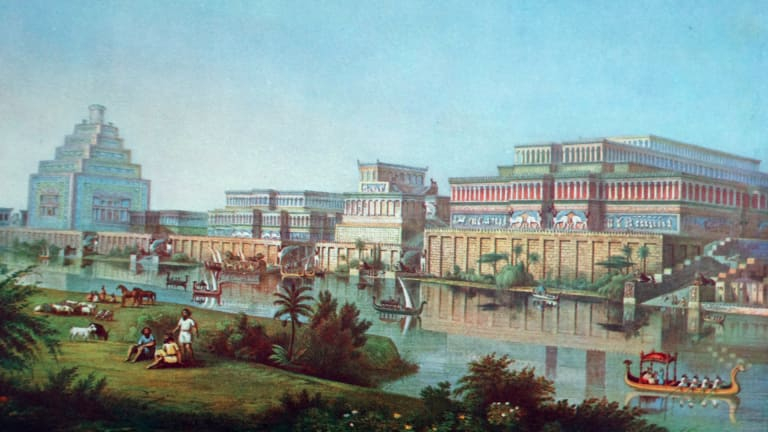
Source: history 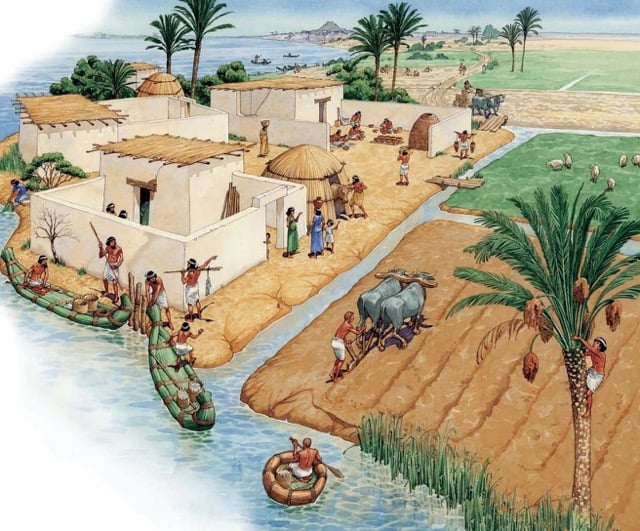
Source: Ancient History Lists -
One of the key facts about the ancient Mesopotamian civilization is the power of Babylonia. Hammurabi, the sixth ruler of Babylon's First Dynasty, oversaw enormous construction projects in the city, transforming it from a tiny village to a thriving metropolis. To expand his empire, Hammurabi embarked on a series of conquests. He plundered a number of towns and cities before defeating the major kingdoms to Babylon's north, east, and south. By the end of his reign, he had conquered all of southern Mesopotamia and a portion of Assyria. Hammurabi was an extremely effective ruler. He developed a bureaucracy with centralized government and taxation. Under Hammurabi, the First Dynasty of Babylon achieved its pinnacle in terms of land and power.
He is most known for the Code of Hammurabi, which was one of the first and most comprehensive legal codes ever written. Under Hammurabi's rule, Babylon became known as Babylon, and Babylon surpassed Nippur as the holy city of the region.
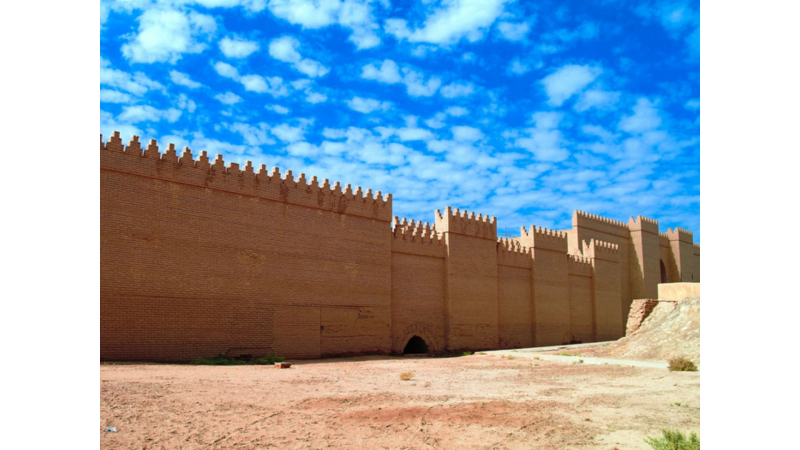
Source: Insider 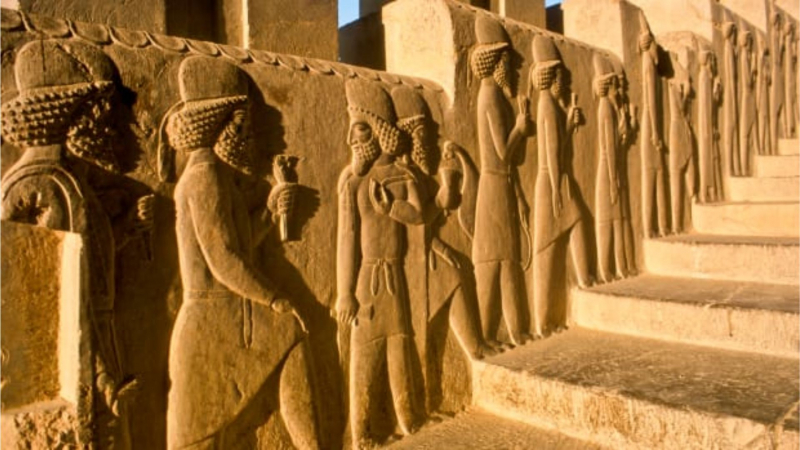
Source: history -
The Mesopotamians were the first to create and use diverse metals in metallurgy alone. Bronze and iron are among them, as well as valuable metals like gold and silver. The Assyrians are even credited with being the first civilization to establish an empire based on technological dominance, particularly their use of iron armor and weapons. This gave them an advantage over their neighbors, who continued to employ weaker and softer bronze for weapons and armor. This is one of the interesting facts about the ancient Mesopotamian civilization.
Mesopotamians also invented glassmaking and cloth weaving, as well as one of the world's most complicated irrigation systems. The network of canals and aqueducts they built was so intricate that they continued in service until the Mongol invasions destroyed them millennia later. And they proved to be so complicated that no one knew how to reconstruct the devastated old infrastructure once the Mongols were defeated.
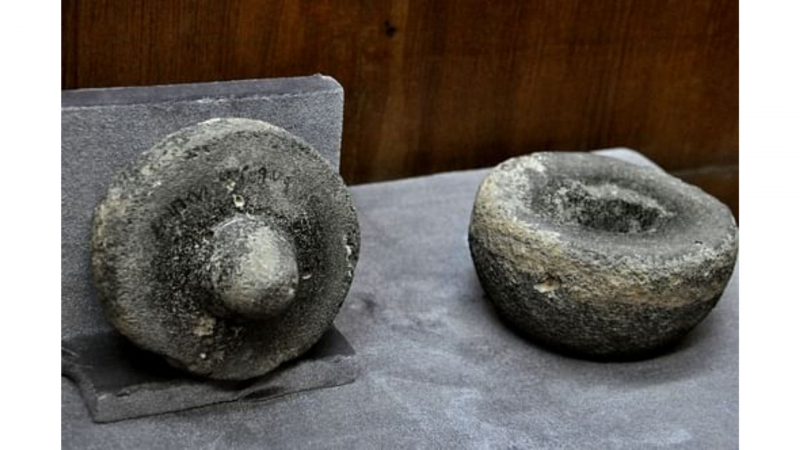
Source: World History Encyclopedia 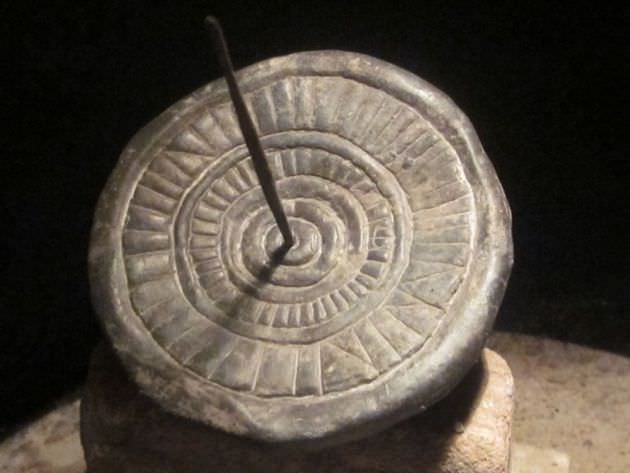
Source: Imgur









